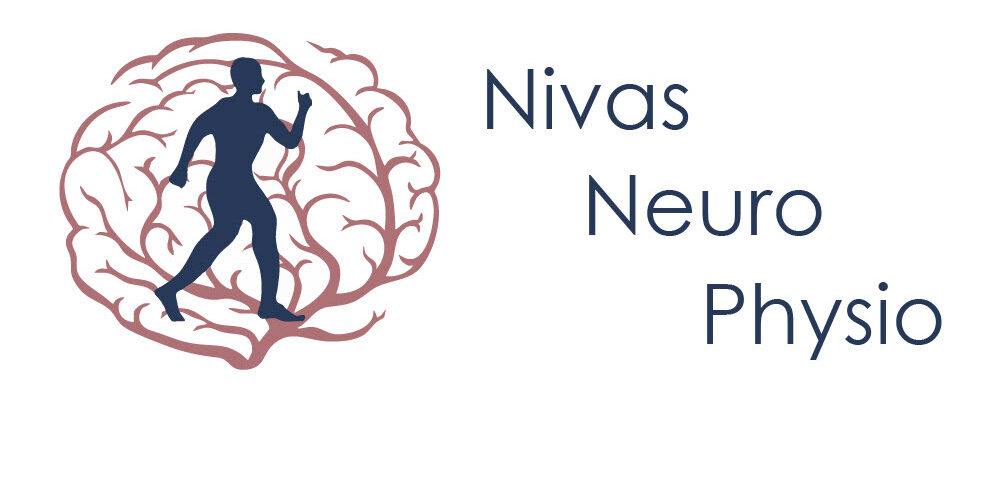Muscular Dystrophy and other neuro-degenerative conditions
Physiotherapy (physio) plays a supportive but crucial role in managing Muscular Dystrophy (MD) and other neurodegenerative conditions like Parkinson’s disease, Multiple Sclerosis (MS), Amyotrophic Lateral Sclerosis (ALS), and Huntington’s disease. While physiotherapy does not cure these diseases, it helps preserve function, reduce complications, and improve quality of life.
🎯 Goals of Physiotherapy in Neurodegenerative Diseases:
Maintain or improve mobility and independence
Reduce pain, stiffness, and contractures
Enhance strength and endurance (as feasible)
Prevent secondary complications (e.g., falls, pressure sores, respiratory issues)
Optimize posture, balance, and coordination
Educate patients and caregivers
🔧 Physiotherapy Approaches
1. For Muscular Dystrophy (e.g., Duchenne, Becker):
Stretching exercises: Prevent muscle contractures and joint stiffness.
Gentle strengthening: Avoid overexertion; focus on low-resistance exercise.
Orthotic support: Splints, braces to support joints and walking.
Postural management: Seating support, wheelchair positioning.
Breathing exercises: To maintain respiratory muscle strength.
Aquatic therapy: Reduces strain on muscles and joints.
⚠️ Overworking weak muscles can worsen damage in MD—physios tailor exercises to avoid this.
2. For Parkinson’s Disease:
Gait training: Improve stride length, reduce freezing episodes.
Cueing techniques: Rhythmic auditory or visual cues to improve movement.
Balance and posture training: Reduce fall risk.
LSVT BIG therapy: Intensive, amplitude-focused exercises.
Facial and vocal exercises: For facial masking and speech issues.
3. For Multiple Sclerosis (MS):
Fatigue management strategies
Stretching and range-of-motion exercises
Strength and endurance training
Balance training: To reduce fall risk.
Hydrotherapy: Reduces fatigue, joint pain.
Mobility aids: As needed over time.
4. For ALS (Motor Neuron Disease):
Gentle, non-fatiguing exercises
Stretching: To reduce cramps and stiffness.
Breathing exercises: To slow respiratory decline.
Assistive devices: Walkers, wheelchairs, communication aids.
Pain relief techniques: Positioning, massage.
5. For Huntington’s Disease:
Coordination and balance training
Posture correction
Fall prevention
Walking aids if necessary
Education for safe movement strategies
🤝 Multidisciplinary Collaboration
Physiotherapists often work with:
Occupational therapists
Speech and language therapists
Neurologists
Respiratory therapists
Orthotists
✅ Key Takeaway
While physio can’t stop disease progression, it prolongs functional independence, reduces complications, and improves quality of life significantly for people with muscular dystrophy and neurodegenerative conditions.
